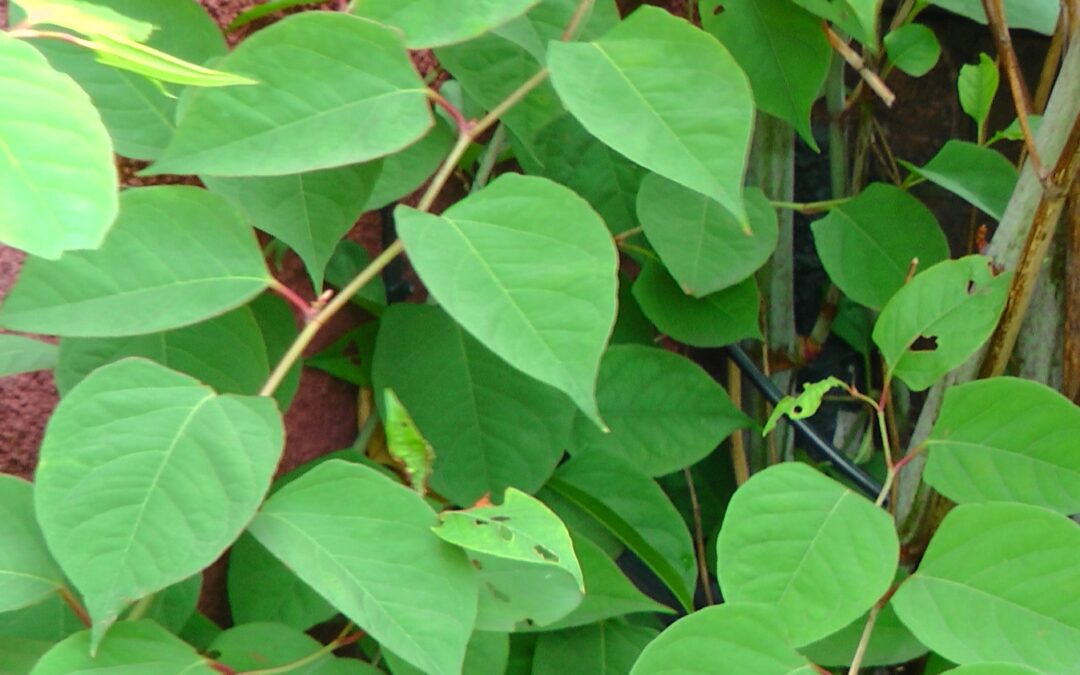Japanese knotweed is an invasive plant species.
No known specific herbivores feed exclusively on Japanese knotweed; insects and animals may consume small amounts of the plant as part of their diet. Control of Japanese knotweed requires a multi-faceted approach that includes physical, chemical, and biological methods.
Does Cutting back Japanese knotweed stimulate growth rather than controlling it?
When the plant is cut, the stem and leaves die back. But the rhizomes (underground stem) remain alive and send new shoots. This can lead to the infestation becoming more widespread.
It’s generally recommended to use other methods to control Japanese knotweed, such as digging up the roots and using herbicides. These methods aim to target the roots, which is the most effective way to prevent the plant.
It’s always best to consult with an expert in order
To determine the best course of action for controlling or removing Japanese knotweed. They will consider the size of the infestation, its location, surrounding environment, and any applicable regulations.
In any case, acting quickly is essential, as the longer you wait. The more difficult it will be to control the plant.
Japanese knotweed (Fallopia japonica) is an invasive plant species native to East Asia. In the 19th century, it was introduced to Europe and North America as an ornamental plant. Since then, it has spread aggressively, out-competing native plant species and damaging infrastructure.
There are no known specific herbivores that feed exclusively on Japanese knotweed. However, certain insects and animals may consume small amounts of the plant. For example, the larvae of the knotweed stem borer moth (Achlya favicons) feed on the stem and leaves of the plant, but they do not cause significant damage to it. Similarly, deer and rabbits may browse on young knotweed shoots, but they do not control its spread.
Japanese knotweed is a highly resilient and adaptable plant species that is difficult to control or eradicate. Its deep roots and underground rhizomes allow it to regenerate quickly after being cut down or treated with herbicides. Therefore, it is not a preferred food source for any species.
In most cases,
Controlling Japanese knotweed requires a multifaceted approach combining physical, chemical, and biological methods. This includes manually digging up the roots, applying herbicides, and using biocontrol methods such as releasing insects that feed on the plant. In summary, the answer to whether cutting back knotweed stimulates growth is yes.
